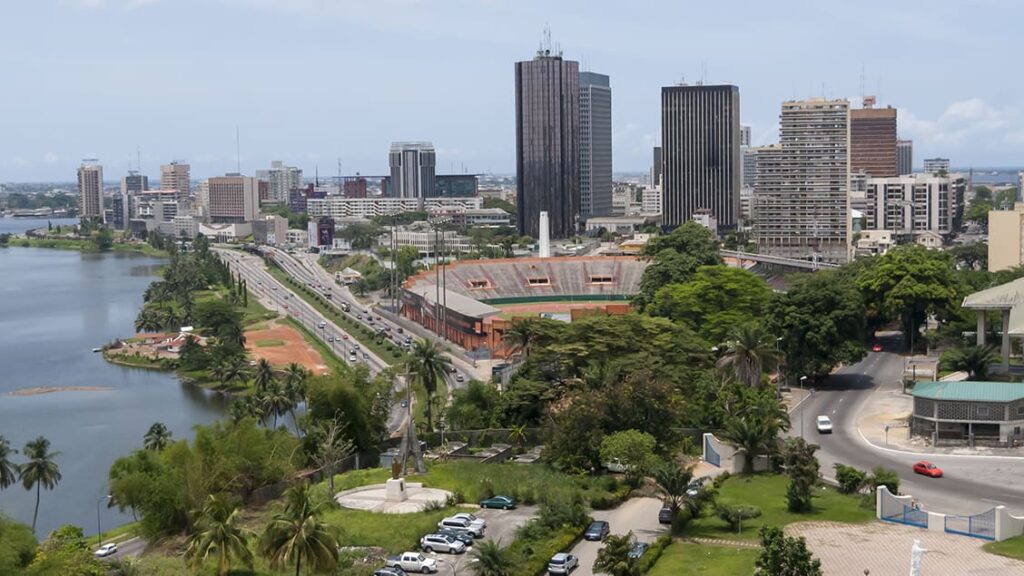The most interesting facts about Ivory Coast – or Côte d’Ivoire – from the “Paris of
West Africa” to the largest church in the world.
Official name: Republic of Cote d’Ivoire
Capital city: Yamoussoukro (legislative), Abidjan (administrative)
Language: French
Interesting facts about Ivory Coast
1. Ivory Coast is a country in West Africa bordered by Mali, Burkina Faso, Ghana,
Liberia and Guinea.
2. Before colonialism, Ivory Coast was made up of numerous kingdoms including
the Kong, Bouna, Bounkani, Senufo, Malinke and Baule among others.
3. In 1842, Ivory Coast was colonised by France first as a protectorate, then as a
formal colony in 1893, then it became part of the French Federation of West Africa
in 1904.
4. In 1960, Ivory Coast gained independence under President Felix Houphouet-
Boigny. He held power until his death in 1993.
5. Following independence, Ivory Coast enjoyed economic and political stability for
several decades. Then in 1999, the President was overthrown in a military coup
before the country slipped into civil war in 2002 following an armed rebellion.
Despite UN and French troops getting involved, instability and violence has
troubled the country since.
6. Ivory Coast takes its name from the intensive ivory trade that took place in the
region from the 15th to 17th centuries.
7. Following independence, the country was widely recognized as the Republic of
the Ivory Coast (or Ivory Coast). However, the country officially changed its name to
Cote d’Ivoire in 1986.
8. Ivory Coast has two capital cities. Yamoussoukro has been the official capital
since 1983, but Abidjan remains the administrative capital and the officially
designated economic capital. Most countries maintain an embassy in Abidjan.
9. With a population of more than 5 million people, Abidjan is the world’s thirdlargest
French-speaking city after Kinshasa in DR Congo and Paris in France.
10. During the 1980s and 1990s, Abidjan was known as the “the Paris of West
Africa” and its business district as “the Manhattan of West Africa” due to the city’s
impressive skyline and location beside a lagoon. It was also considered one of
Africa’s principal cities in terms of fashion, culture, and standard of living.

